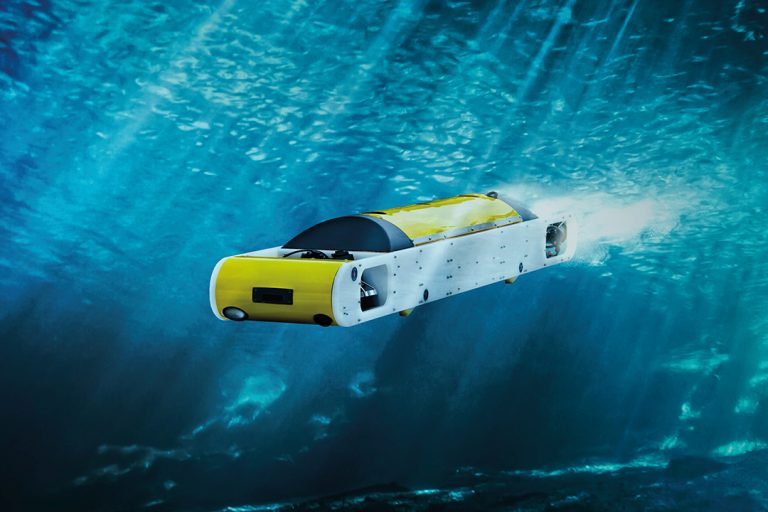Asia Pacific's Leading Naval Defence And Maritime Security Show >
Newsbyte >
Underwater force multipliers
Underwater force multipliers
Underwater force multipliers
INNOVATION | 22 DECEMBER 2020

Asian Military Review
In February 2020, Chinese government sources announced the recovery of the underwater drones China deployed in the Indian Ocean for the purpose of gathering oceanography data. Further east, while Chinese fishermen regularly report finding foreign underwater drones – ‘spies’ – in Chinese waters, China is rumoured to be working on the development of an underwater Great Wall; a seabed of sensors protecting key strategic points on its shores. Further north, Russia has been developing the Poseidon, a submarine-launched underwater nuclear-warhead delivery platform.
Evidently, the race for underwater strategic and tactical superiority is on. As noted by Andrew Davies and James Mug, in a Strategic Insight from the Australian Strategic Policy Institute (ASPI), The next big grey thing – choosing Australia’s future frigate, “the enormousness of the ocean makes it one of the few remaining areas on Earth where big military platforms, such as ballistic missile submarines, can hide. Despite the development of new detection technologies, the ocean remains mostly opaque at depths of just a few dozen meters.” In such context, unmanned vehicles (UV) are key strategic capabilities for carrying out a number of missions without endangering valuable platforms. When launched from a submarine, they represent a great force multiplier.
Beyond Opacity
The opacity of oceans and seas is the result of a wide variety of factors. Chiefly amongst those are the levels of salinity, the topography of sea and ocean beds, and the traffic encountered in those waters, whether military or civilian. All these characteristics vary greatly across the world’s oceans and seas, presenting significant challenges for noise propagation and recognition, and requiring in-depth knowledge of the areas of operation in order to plan missions, assets and payloads accordingly.
In such context, any strategic advantage will go to navies capable of using these challenging characteristics to their advantage. Guarding power projection assets, such as aircraft carriers and amphibious vessels, from adversary underwater assets may be difficult in these environments, yet such difficulties can be contrasted by acquiring the systems that can carry a number of missions autonomously, keeping key capabilities and crew out of harm’s way.
Until recently submarines were the platforms of choice, using this ‘underwater fog of war’ to a navy’s advantage. Stealthy and built to undertake long range missions over sustained periods of time, they can gather significant volumes of data or deliver weapons while remaining undetected. However, the resurgence of Great Power competition over the past few years has brought about increasing concerns over the development of Anti-Access/Area Denial (A2/AD) strategies and their threat to such costly capabilities.
According to the document Advancing Autonomous Systems: An Analysis of Current and Future Technology for Unmanned Maritime Vehicles, published by the RAND Corporation in 2019, “the layers of sensors and overlapping weapon rings create multiple opportunities for adversaries to attack detectable platforms; in the most challenging A2/AD environments, targeted platforms are unlikely to survive, even with advanced kinetic interception capabilities.” The development of UVs these past few years is a direct response of submarines’ vulnerability to such A2/AD tactics.
Unmanned Tactics
Unmanned – or autonomous – vehicles have been gaining significant traction in the military domain over the last decade because they can be used to carry out missions that would otherwise put human lives and key capabilities at risk.
Until recently, in the underwater domain, this had been particularly evident in relation to mine hunting. Slowly fallen into oblivion after the end of World War II (WWII), mines have made a strong comeback in the past decade with the development of smart mines as part of A2/AD strategies. This has led an increasing number of nations choosing to pair Unmanned Underwater Vehicles (UUVs) with a mother ship to carry out Mine Counter Measure (MCM) missions. Although the vast majority of MCM systems are launched from surface ships, a number of countries, especially the US, are exploring the possibility of launching them from submarines as well.
